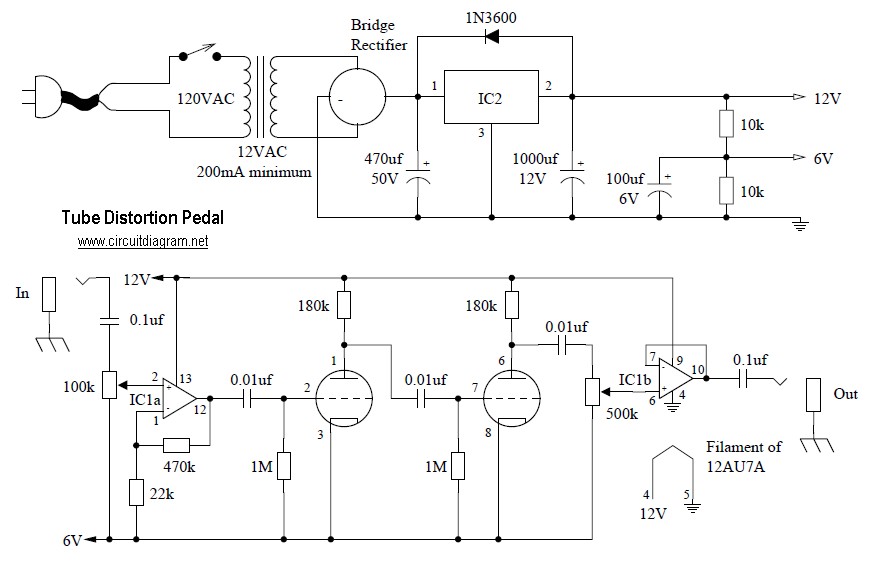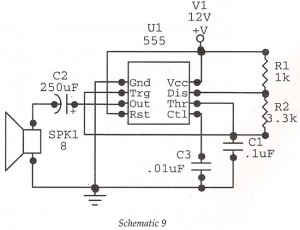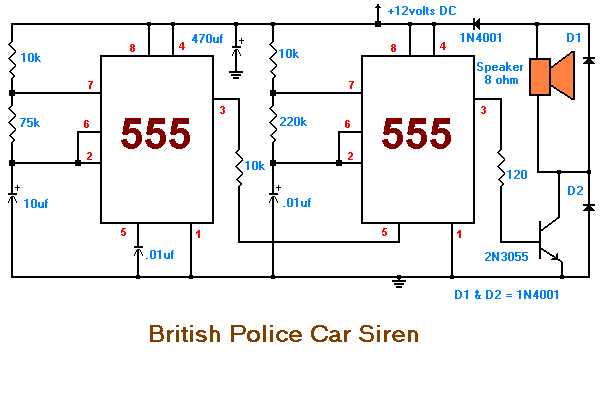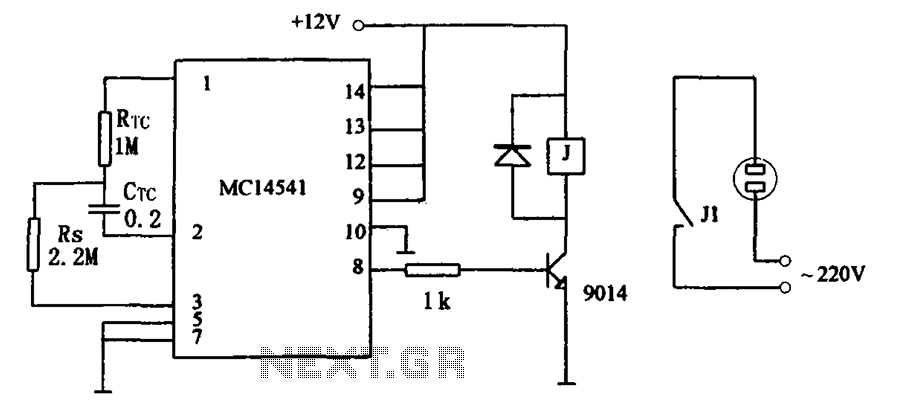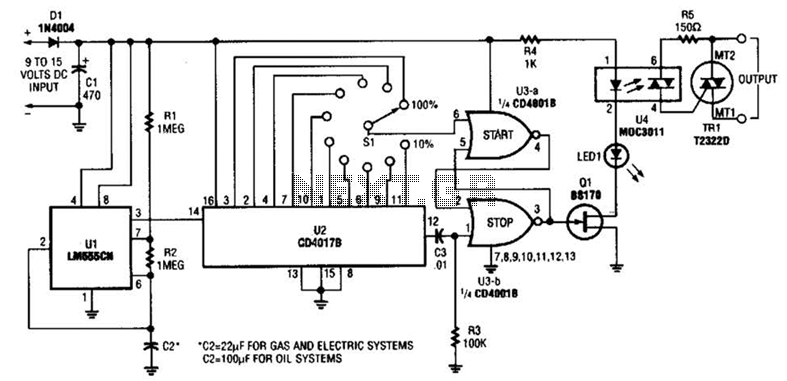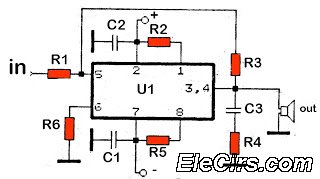
HiFi Pre$2damp circuit diagram
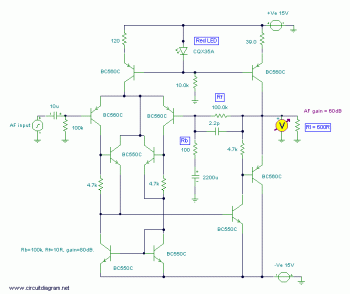
This is a HiFi pre-amplifier circuit diagram with low noise output. It offers a very wide frequency range from approximately 10 Hz to 100 kHz, which enhances audio performance.
The HiFi pre-amplifier circuit is designed to amplify weak audio signals while maintaining high fidelity and low noise levels. The circuit typically consists of several key components, including operational amplifiers (op-amps), resistors, capacitors, and possibly a power supply circuit.
The operational amplifiers serve as the core amplification element, configured in a non-inverting or inverting mode depending on the desired gain and input/output characteristics. The choice of op-amps is crucial, as low-noise types are preferred to minimize unwanted noise in the output signal.
Resistors are used to set the gain of the amplifier and to provide feedback within the circuit. The values of these resistors can be adjusted to achieve the desired amplification level, ensuring that the output signal matches the requirements of downstream audio equipment.
Capacitors play a vital role in coupling and decoupling stages of the circuit. They block DC components while allowing AC signals to pass, which is essential for audio applications. Additionally, capacitors are used for filtering purposes, helping to smooth out fluctuations in the power supply and reducing noise.
The frequency response of the pre-amplifier is critical for achieving optimal audio performance. A range from 10 Hz to 100 kHz allows for the reproduction of low bass notes as well as high-frequency details, ensuring a full and rich sound experience. Careful selection of component values and circuit layout can help maintain this wide frequency response while minimizing distortion and phase shift.
In summary, the HiFi pre-amplifier circuit is engineered to provide high-quality audio amplification with low noise and a broad frequency range, making it suitable for various audio applications. Proper design and component selection are essential to ensure that the pre-amplifier meets the high standards expected in modern audio systems.This is a HiFi pre-amplifiercircuit diagramwith low noise output. Very wide range frequency from about 10Hz until up to 100Khz will be gained by this preamplifier for maximumaudioperformance. 🔗 External reference
The HiFi pre-amplifier circuit is designed to amplify weak audio signals while maintaining high fidelity and low noise levels. The circuit typically consists of several key components, including operational amplifiers (op-amps), resistors, capacitors, and possibly a power supply circuit.
The operational amplifiers serve as the core amplification element, configured in a non-inverting or inverting mode depending on the desired gain and input/output characteristics. The choice of op-amps is crucial, as low-noise types are preferred to minimize unwanted noise in the output signal.
Resistors are used to set the gain of the amplifier and to provide feedback within the circuit. The values of these resistors can be adjusted to achieve the desired amplification level, ensuring that the output signal matches the requirements of downstream audio equipment.
Capacitors play a vital role in coupling and decoupling stages of the circuit. They block DC components while allowing AC signals to pass, which is essential for audio applications. Additionally, capacitors are used for filtering purposes, helping to smooth out fluctuations in the power supply and reducing noise.
The frequency response of the pre-amplifier is critical for achieving optimal audio performance. A range from 10 Hz to 100 kHz allows for the reproduction of low bass notes as well as high-frequency details, ensuring a full and rich sound experience. Careful selection of component values and circuit layout can help maintain this wide frequency response while minimizing distortion and phase shift.
In summary, the HiFi pre-amplifier circuit is engineered to provide high-quality audio amplification with low noise and a broad frequency range, making it suitable for various audio applications. Proper design and component selection are essential to ensure that the pre-amplifier meets the high standards expected in modern audio systems.This is a HiFi pre-amplifiercircuit diagramwith low noise output. Very wide range frequency from about 10Hz until up to 100Khz will be gained by this preamplifier for maximumaudioperformance. 🔗 External reference
